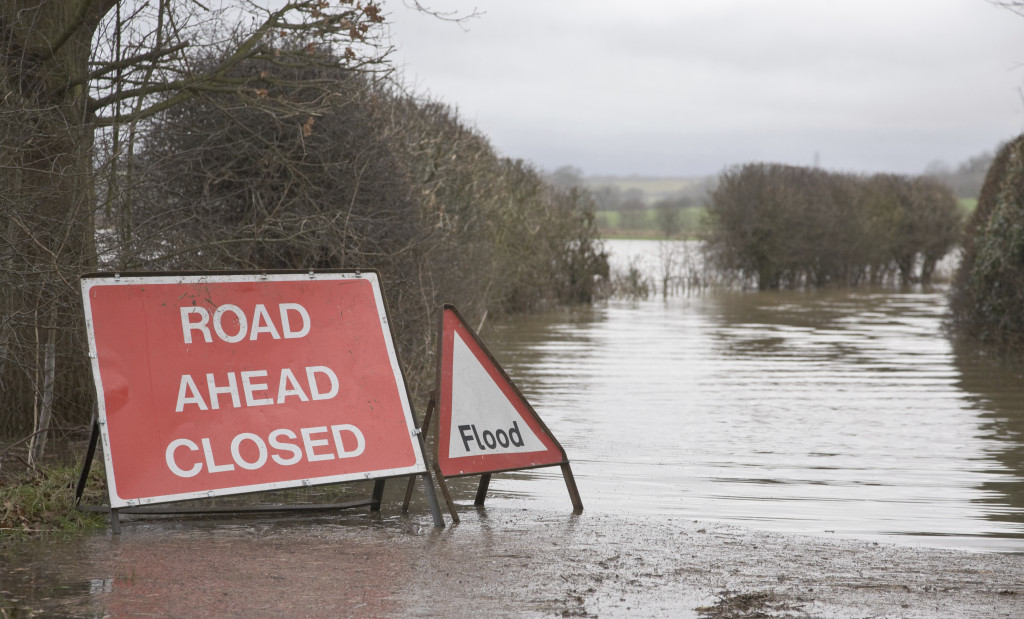A number of geographic areas within Australia are subject to frequent and significant natural disasters such as cyclones, bushfires and floods. Such events impact individuals and businesses both directly and indirectly through the disruption of the routine movement of goods, services and people. This project is reviewing past experiences, simulating and modeling improved network and logistics management, and exploring new approaches to vulnerability assessment. The aim is to improve the resilience of the logistics networks prior to, during, and in the aftermath of such natural disasters, and thereby reduce the impacts on communities and businesses.
The project has conducted major workshops in Townsville and Broome, and through these developed a clear understanding of the challenges and potential solutions as perceived by those living and working in these areas.
Project Objectives
The key objective of Phase 1 includes identification of the lessons of recent disaster events for transport and logistics in the case study locations:
- What went well (and why)?
- What did not go well (and why)?
- What else could have been achieved, and what were the impediments to making such improvements happen?
In Phase 2a, a model of the transport networks in Northern Queensland is being developed that focuses on the distribution of fuel and the outbound movement of bananas. This ‘proof of concept’ approach will enable a demonstration of the impact of the loss of major routes through the flooding of the Fitzroy and Burdekin rivers and the associated delay in their re-opening for periods of 3, 7 or 10 days.
Phase 2b demonstrates how a vulnerability analysis approach can be used to highlight specific vulnerabilities leading to the development of appropriate remedial interventions.
Based on the outputs from the earlier work, Phase 3 will provide recommendations to planning authorities and other key stakeholders that will offer strategies and approaches for the mitigation of the impact of natural disasters on road, rail and associated logistic networks.
Industry Outcomes
The development of improved processes for the planning and response to natural disasters has the potential to lead to significant savings through the avoidance of disruption to commercial and personal transport networks. The project will deliver: a pilot and methodology for assessing and mitigating the impact of disaster events on transport and logistics networks; learnings from network managers and operators who have experienced recent events, and the associated targets for future research; outputs of simulation and modelling for key affected regions; and, new insights into social, economic and environmental vulnerability.
The project will also deliver methods and frameworks to help minimise transport and logistics disruption, reduce social, environmental and economic disturbance, and restore ‘normality’. It aims to provide the transport authorities with evidence-based methodologies for improved response, and logistics firms with a greater understanding of the inherent challenge and potential adaptations that will support the maintenance/restoration of supply in times of crisis. It is hoped that this pilot research will attract further Industry Partner and Federal Government support for a larger-scale investigation commencing in 2016.
Documents for Downloading
The following documents provide additional detail regarding this current research, including project outcomes to date:
Industry Report
Transport Network Resilience: Disaster Logistics and Infrastructure Vulnerability (Sept 2015, 4Mb)
Research Reports
Progress Report 1 (Nov 2014, 430Kb)
Progress Report 2 (Feb 2015, 350Kb)
Progress Report 3 (May 2015, 350Kb)
Academic Reports
Organisational Maturity for Disaster Preparedness (2015, 637kb)
Disaster Networks and Logistics Analysis (2015, 714kb)
Conference Papers
Hargroves, K., Tatham, P.H., Bruce, C., and Newman, P. (2015), “Enhancing the Resilience of Civil Infrastructure to Natural Disasters – A Stakeholder Informed Approach”, Proceedings of 2015 International Conference on Disaster Management and Civil Engineering (ICDNCE 2015), Phuket, 1-2 Oct 2015
Presentations
Industry presentation: Enhancing Transport Network Resilience in Australia, WA Engineers Australia, Perth 9 October 2015. Click here for Flyer.
Media
SEMC News – Page 3 (Feb 2015) – State Emergency Management Committee (SEMC) News article on Transport Network Disaster Resiliency Workshop held in Broome, WA, 18 February 2015.
Stakeholder Workshop Outcomes – February 2015
Externally facilitated stakeholder workshops were conducted in Townsville, QLD, and in Broome, WA, involving in each case some 30-35 stakeholders engaged in disaster response and recovery, including representatives of the emergency services, government agencies, community groups, infrastructure providers, media, and businesses.
Summary of Stakeholder Workshop Outcomes.



